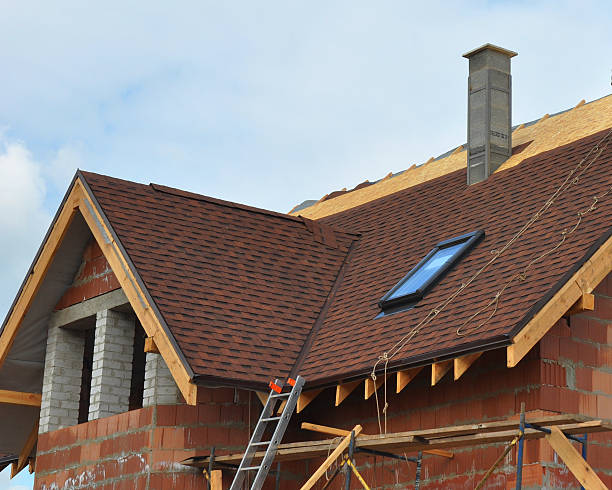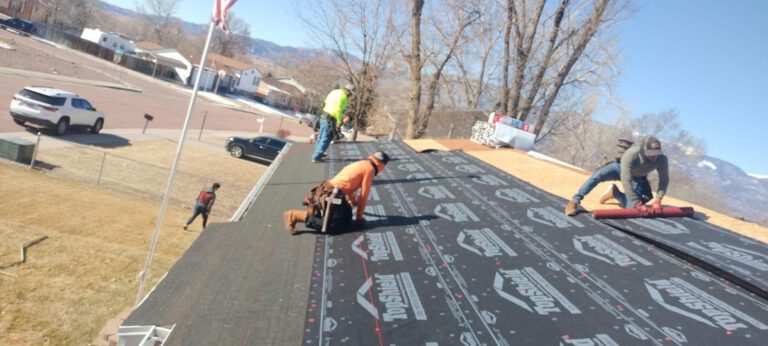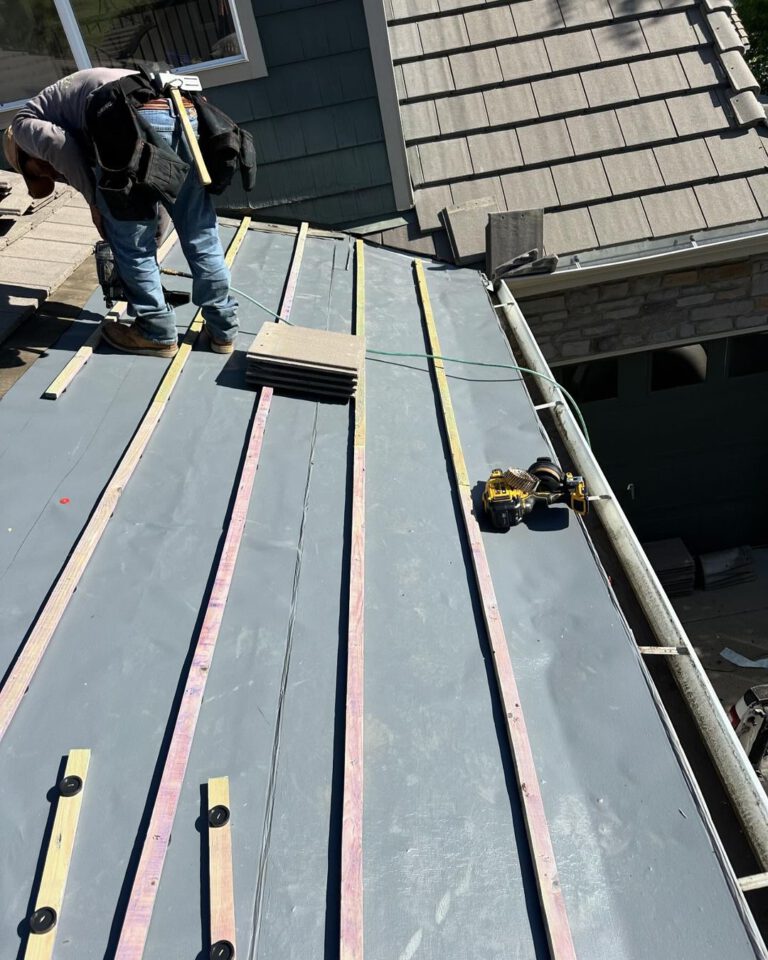Finding expert roof repair solutions is essential for homeowners dealing with leaks, storm damage, or aging roofs. Choosing professional services ensures long-lasting repairs and protects your investment.Roofs are the silent heroes of our homes, relentlessly shielding us from the wrath of weather and wear. But what happens when our steadfast shields start showing signs of damage? The answer lies in effective and timely roof repair. This article will walk you through various roof repair solutions that can help you maintain the integrity of your shelter.
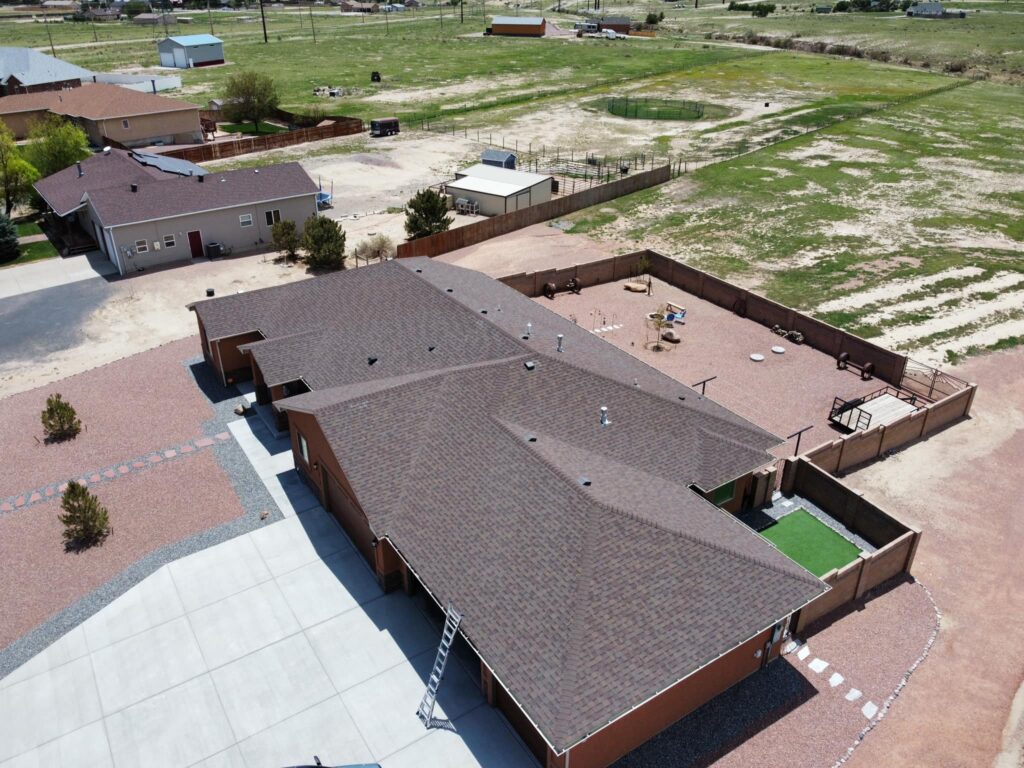
Why You Need Expert Roof Repair Solutions for Your Home
Before we delve into repair solutions, it’s crucial to identify the symptoms of roof damage. Common indicators include missing or cracked shingles, leaks, sagging, and the appearance of dark streaks or patches. For example, if you notice water stains on your ceiling or walls, it may be a sign of a leaking roof.
Apart from visual cues, sounds can also indicate roof damage. If you hear persistent dripping or a sudden rush of water during a storm, it might be time to inspect your roof. Early detection can save you from more significant problems down the line.
Understanding the Causes of Roof Damage
Roof damage can be caused by a variety of factors. Weather elements like sun, rain, wind, and snow can deteriorate your roof over time. Harsh sunlight can cause your roof shingles to crack and curl, while heavy rains can lead to leaks.
Poor roof installation and inadequate maintenance can also lead to roof damage. If the initial roof installation didn’t ensure proper ventilation, it could lead to moisture build-up, causing rot and mold growth.
Choosing the Right Materials for Roof Repair
The choice of materials plays a pivotal role in roof repair. Traditional materials include asphalt shingles, wood shakes, metal roofing, and slate roofing. Each has its pros and cons. For example, while asphalt shingles are cost-effective and easy to install, they may not last as long as metal or slate roofing.
It’s essential to consider factors like your local climate, your home’s architectural style, and your budget when choosing roofing materials. If you live in a hail-prone area, impact-resistant shingles might be a wise choice.
DIY Roof Repair vs. Hiring Professionals
While some minor roof repairs can be a DIY project, it’s often best to hire professionals for more extensive damage. DIY solutions can include replacing a few missing or damaged shingles or sealing minor leaks. For example, you can use roofing cement to seal small cracks or holes in your roof.
For significant issues like structural damage or installing a new roof, professional help is recommended. They have the necessary tools, skills, and experience to ensure safe and effective roofing services Falcon CO.
Preventive Measures for Roof Longevity
Prevention is always better than cure, and your roof is no exception. Regular inspection and maintenance are key to extending your roof’s lifespan. This means checking your roof for signs of damage after severe weather events, clearing debris from your roof and gutters, and ensuring proper attic ventilation.
Consider applying a protective roof coating. This can reflect heat, resist UV rays, and provide waterproofing, thereby reducing the risk of roof damage.
The Cost Factor in Roof Repair
Roof repair costs can vary significantly based on the extent of damage, the type of materials used, and whether you’re doing it yourself or hiring professionals. Smaller fixes, like sealing leaks or changing a few shingles, don’t often have to cost much.
Significant repairs like replacing your entire roof can be quite costly. It’s important to budget for these potential expenses and consider them as an investment in your home’s longevity and value.
The Impact of Roof Repair on Home Value
A well-maintained roof can greatly enhance your home’s curb appeal and resale value. Prospective buyers are likely to be deterred by the prospect of having to replace a damaged roof, which can be a costly and time-consuming process.
On the other hand, a sturdy and visually appealing roof can be a strong selling point. It reassures buyers about the home’s overall condition and reduces the likelihood of future repair expenses.
Frequently Asked Questions About Roof Repair
To further help you navigate the world of roof repair, let’s address some frequently asked questions:
How often should I inspect my roof?
It’s a good practice to inspect your roof at least twice a year and after severe weather events.
Can I repair my roof myself?
Small repairs may be manageable, but for more extensive damage, it’s safer and more effective to hire professionals.
How long does a roof last?
The lifespan of a roof varies based on the materials used, installation quality, and maintenance. On average, a well-maintained asphalt shingle roof can last 20-25 years.
Does homeowner’s insurance cover roof repair?
This depends on the cause of the damage and the terms of your policy. Generally, damage caused by unpreventable events like severe weather is covered.
What’s the best time of year to have my roof repaired?
While roof repair can technically be done at any time of the year, late spring to early fall is usually the ideal period due to favorable weather conditions.
How can I tell if my roof has water damage?
Signs of water damage include water stains on your ceiling or walls, mold or mildew growth, and a musty odor in your home.
What should I do if my roof is leaking?
In case of a leak, try to contain the water to prevent further damage, then call a roofing professional as soon as possible to identify and fix the source of the leak.
Can I replace just part of my roof?
Yes, partial reroofing is an option if only a section of your roof is damaged. However, it’s important to ensure that the new roofing materials match the existing ones for aesthetic consistency.
How long does it take to repair a roof?
The duration of roof repair varies greatly depending on the extent of the damage and the type of repair needed. It could range from a few hours for minor repairs to a few days for more extensive work.
What are the common mistakes to avoid in DIY roof repair?
Common mistakes in DIY roof repair include ignoring safety precautions, using inappropriate materials, improper installation, and not addressing the root cause of the problem. It’s always recommended to seek professional advice if unsure.
Is roof repair environmentally friendly?
Certain aspects of roof repair can be environmentally friendly, such as using recycled or sustainable materials, properly disposing of old roofing materials, and opting for energy-efficient options like cool roofs.
What is a cool roof?
With its ability to reflect more sunlight and absorb less heat than a typical roof, a cool roof can lower energy expenses, increase indoor comfort, and lessen the impact of the urban heat island effect.
Can I walk on my roof during an inspection?
While it’s possible to walk on your roof, it’s generally not recommended due to the risk of causing further damage or personal injury. It’s safer to do a visual inspection from the ground using binoculars or hire a professional.
The importance of a sturdy, well-maintained roof cannot be overstated. It not only ensures the comfort and safety of your home but also contributes to its aesthetic appeal and market value. By understanding the signs of roof damage, knowing your repair options, and undertaking regular maintenance, you can effectively shield your shelter for years to come. When it comes to roof repair, proactive measures are your best defense.

